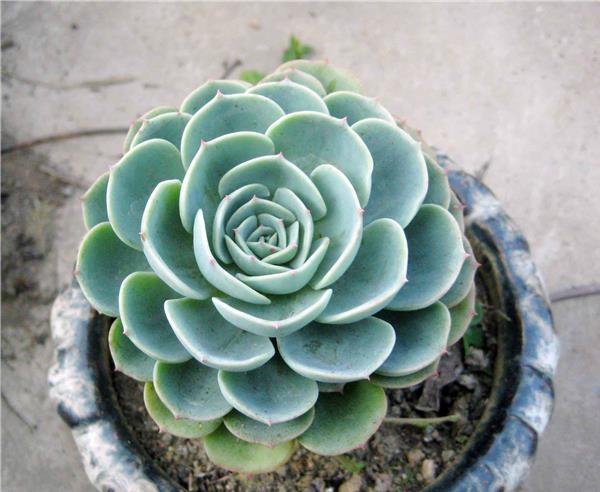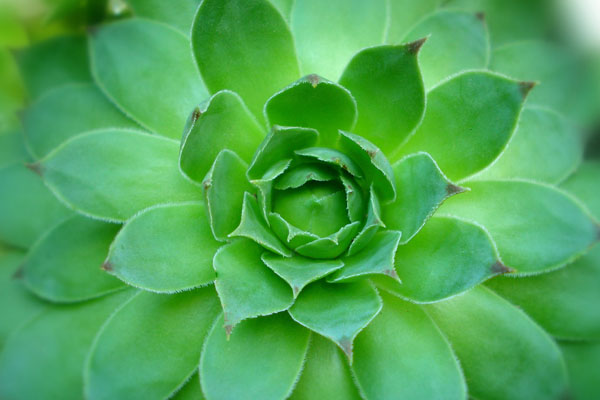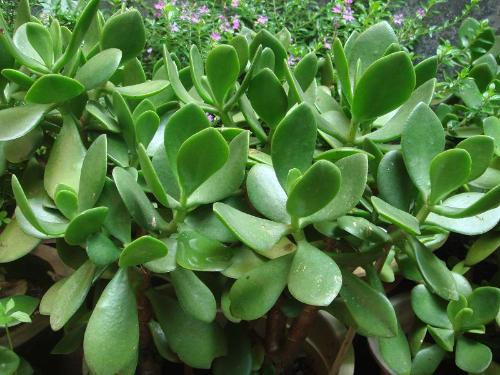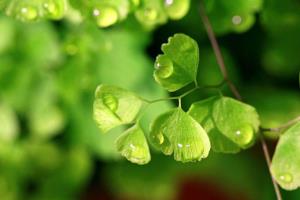Thick-skinned culture methods and thick-skinned plant pictures
Speaking of "thick skin" you may be no stranger, its scientific name is purslane, is a petite shrub species, thick leaves give it novel morphological features, because of its evergreen and easy to survive, has become the first choice for many families to create ornamental plants, looking at the picture of these delightful lovely thick skin, I believe you will also want to plant one, to add a touch of green to your beloved home. Below, the editor teaches you the method of cheeky breeding. As long as you master the maintenance skills, purslane will really become a legendary "immortal" plant that cannot be killed in the sun or fight.

Thick-skinned origin is in South Africa, and thick-skinned is an evergreen bonsai shrub. Its growth is more drought-resistant, but not cold-resistant, for the warm and sunny environment is very fond of, at the same time, it can also live in a semi-shady environment. In winter, the survival temperature and environment can not be lower than 6 ℃, and can survive in sandy soil.
1. Reproduction
The breeding method of cheeky skin is mostly the insertion method. Generally, the thick and full branches should be 8-10 cm, cut off and dried in a ventilated place, then inserted into the culture soil and watered appropriately, which can survive after about 3 weeks. Most of the top branches are selected in this method, but there is also a single leaf that can be inserted into the sand bed to take root in about 4 weeks. When the root is about 2 cm long, it can be unearthed and managed in the basin.
2. Change the basin
When changing basins for thick-skinned bonsai, you need to leave some old soil, and then add some fresh soil. When fertilizing, you don't need too much. During the growing period, you can water it about twice a week, not too much, but in a hot and humid environment, you need to water too many times. Spray some water mist on the branches and leaves to keep the living environment moist.

3. Pruning
In order to ensure the luxuriance of thick-skinned plants, it is generally necessary to prune the branches and leaves, maintain its original shape, and cut the old leaves and yellow leaves, and then leave fresh branches and leaves. At the same time, the plants should not be trimmed too much at one time, and the plants will be hurt.
4. Water and fertilizer management
The shameless principle of proper watering needs to be strictly followed. Summer climate is dry, the temperature is too high, should give more water supplement, but should not be directly poured in the soil, will cause rotting root phenomenon, the soil should be dry before watering, but can be sprayed on the leaves to replenish water. Watering in winter should be controlled, watering once every semimonthly, which is 1/2 of the amount of water in summer. Fertilizing more in summer and reducing the times of fertilization in winter.

5. Diseases and insect pests
When we carry out the prevention and control of germs and insect pests, the liquid should not be too strong. Generally speaking, the disease that is easy to get with thick skin is leaf spot disease, so we usually use methyl topiramate for exchange of 1 / 100.
Decoration network, the editor will collect more information about small plants at home, indicating that you dress up your beloved family.
Related
- Wuhan Hospital Iron Tree Blooming Result Was Instantly Frightened by the Gardener Master
- Which variety of camellia is the most fragrant and best? Which one do you like best?
- What is the small blue coat, the breeding methods and matters needing attention of the succulent plant
- Dormancy time and maintenance management of succulent plants during dormancy
- Minas succulent how to raise, Minas succulent plant pictures
- What are the varieties of winter succulent plants
- How to raise succulent plants in twelve rolls? let's take a look at some experience of breeding twelve rolls.
- Attention should be paid to water control for succulent plants during dormant period (winter and summer)
- Watering experience of twelve rolls of succulent plants
- Techniques for fertilizing succulent plants. An article will let you know how to fertilize succulent plants.



